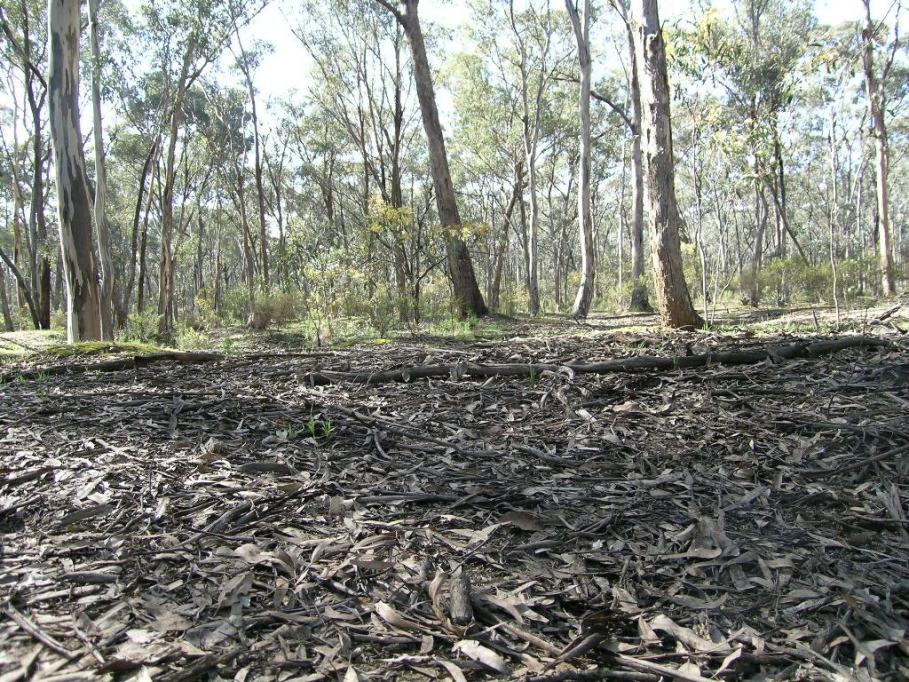GLDBG.com
How To Bury a bug
Wow... we can already feel the cringing being transmitted through the internet and burning our fingers - "I don't need to be told how to dig a hole!"
Yes, you're right, but we'd like to offer a few suggestions on how to do it a little "better"... it might only take a little extra of your time but will conceal the burial so much better. We even once dug up our own gold bug just a couple of hours after burying it - that's how well it was concealed! Remember, reburying the bug in a gaping big mass of disturbed ground may result in detectorists passing over the target and perhaps ignoring it as junk that someone threw back in the hole. Yes, unfortunately some detecorists still throw their rubbish targets back in the ground instead of taking it with them. It's already a needle-in-a-haystack event for someone to uncover a bug so let's try to get their interest and get them to dig one up.
STEP 1: Find a potential site for bug re-burial. We often look for flat, undisturbed ground with nice even leaf/debris coverage. But then again, sometimes we also do something different like on sloping ground or under a rock. Use your imagination to conceal the bug but always make sure it's accessible with a detector. There is no need to go overboard with finding that "secluded and remote" location that nobody will ever get to - unless a detectorist passes over that exact 0.25 square meter area they will not find it even in the easiest and closest locations (trust us... this bug below is just off a main road, near diggings, in an open parking area and nobody has found it yet.)
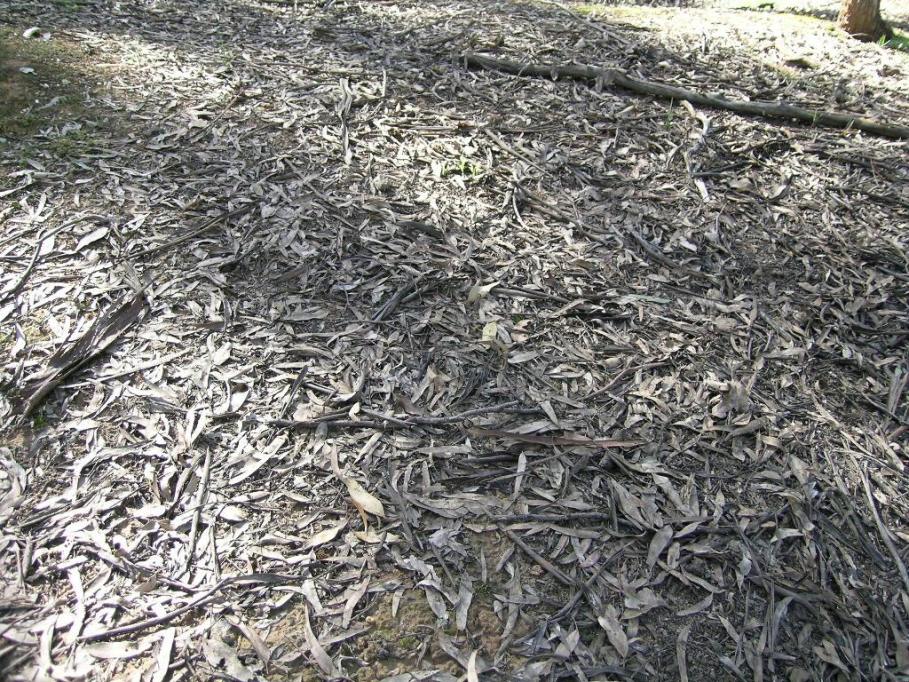
STEP 2: Gently scrape away the surface debris.
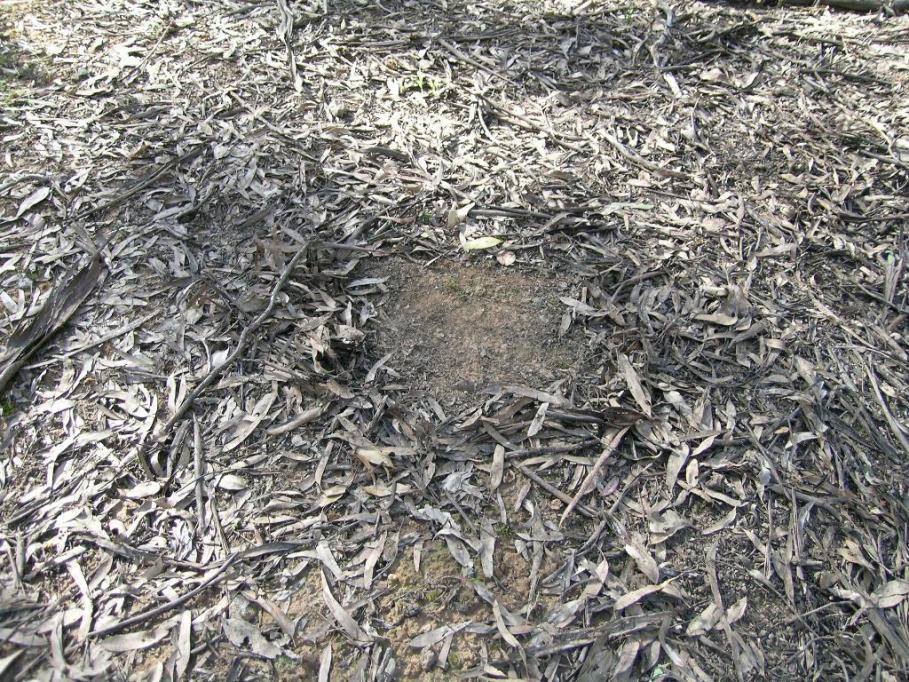
STEP 3: Carefully dig out a small, narrow channel in the ground with the pointy end of your pick. Dig down around 7-15cm. The bug can be buried flat or sideways, it does not matter.

STEP 4: Place the bug in the hole. As can be seen this one was buried flat, but sideways is fine.
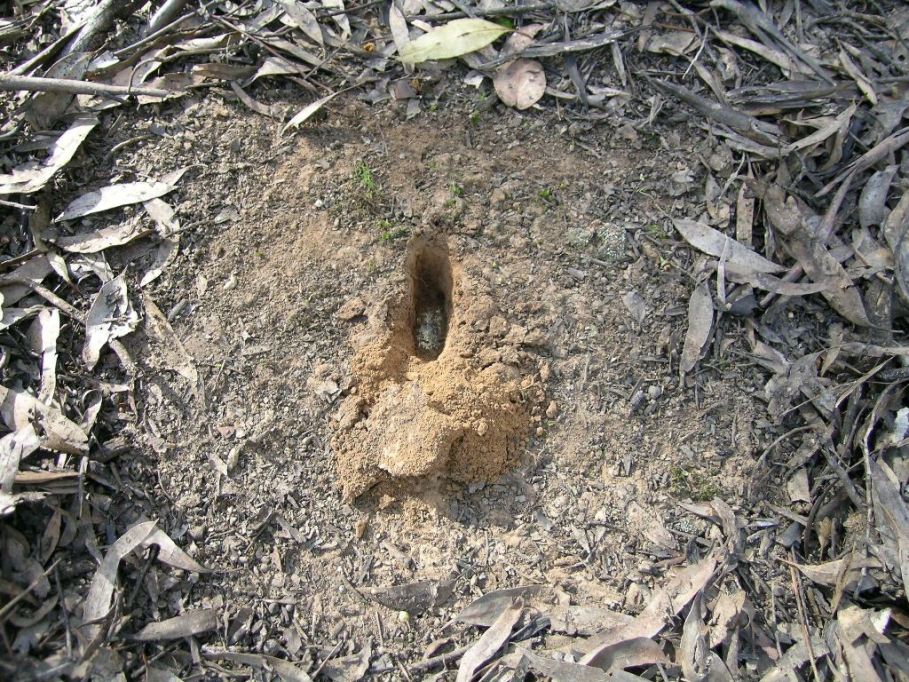
STEP 5: Put the dirt back on top. Often just using fingers can compress the dirt enough, or use a rock or the top of your pick if required. Try to minimize the contrast between the surrounding surface soil and the re-filled dirt.
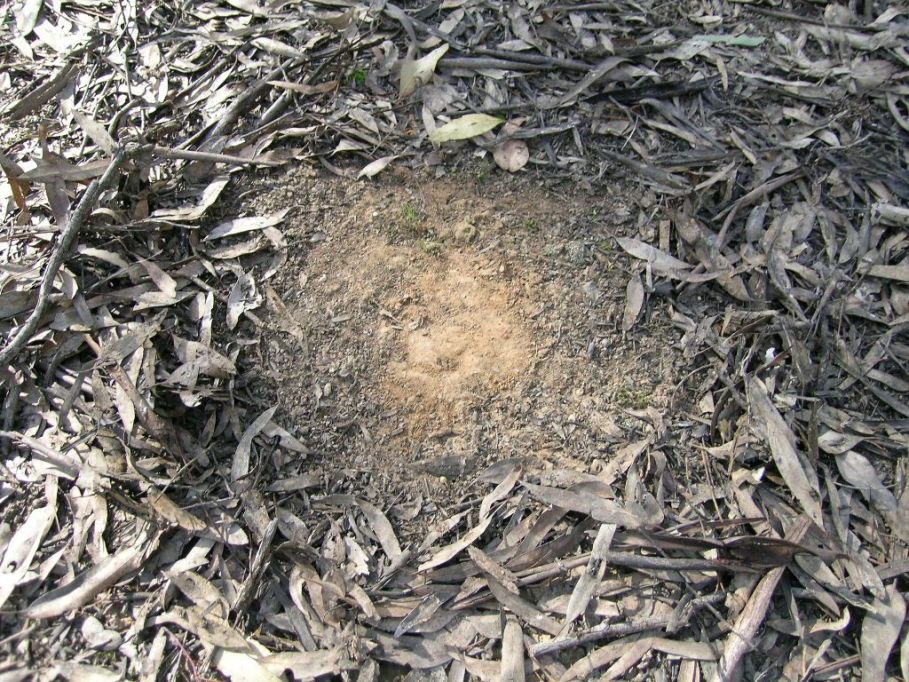
STEP 6: Put the surface debris back over the area.

Voila! Job done. Few people would notice that anything was put there. Even more so after a rain or two.
And yes, that was a real bug being buried.
This is where you can find it, somewhere in the Whipstick area:
